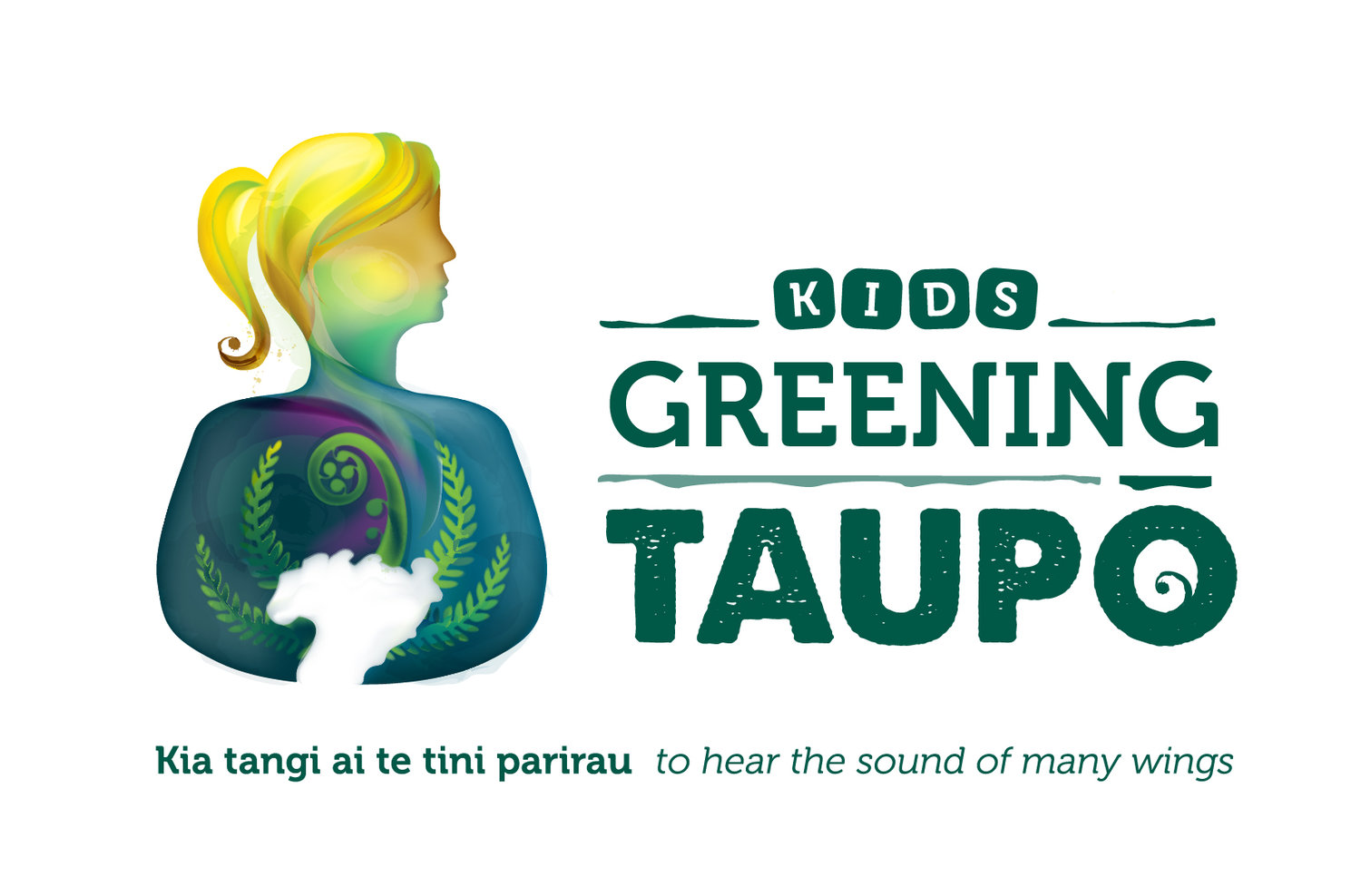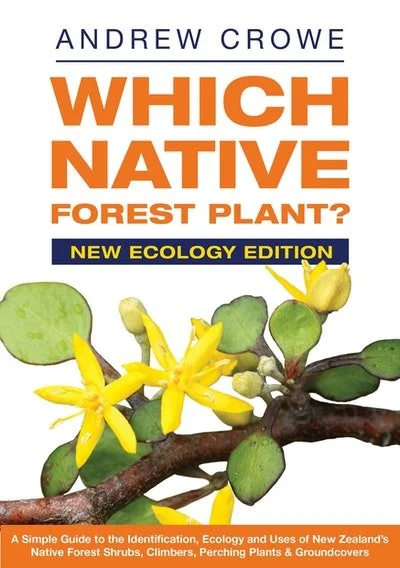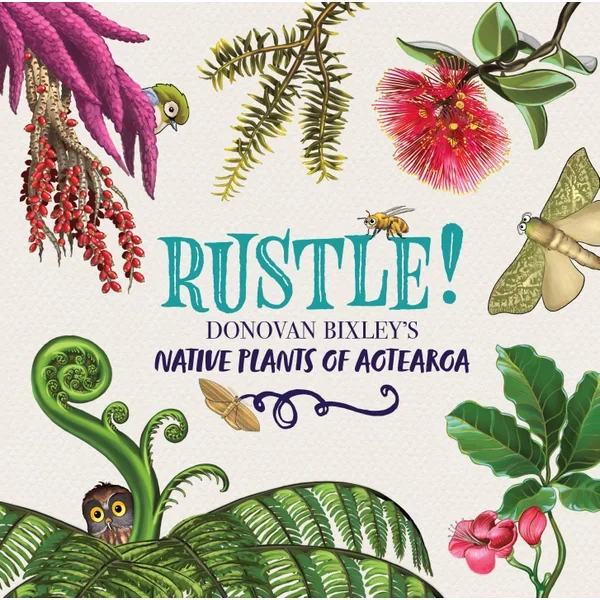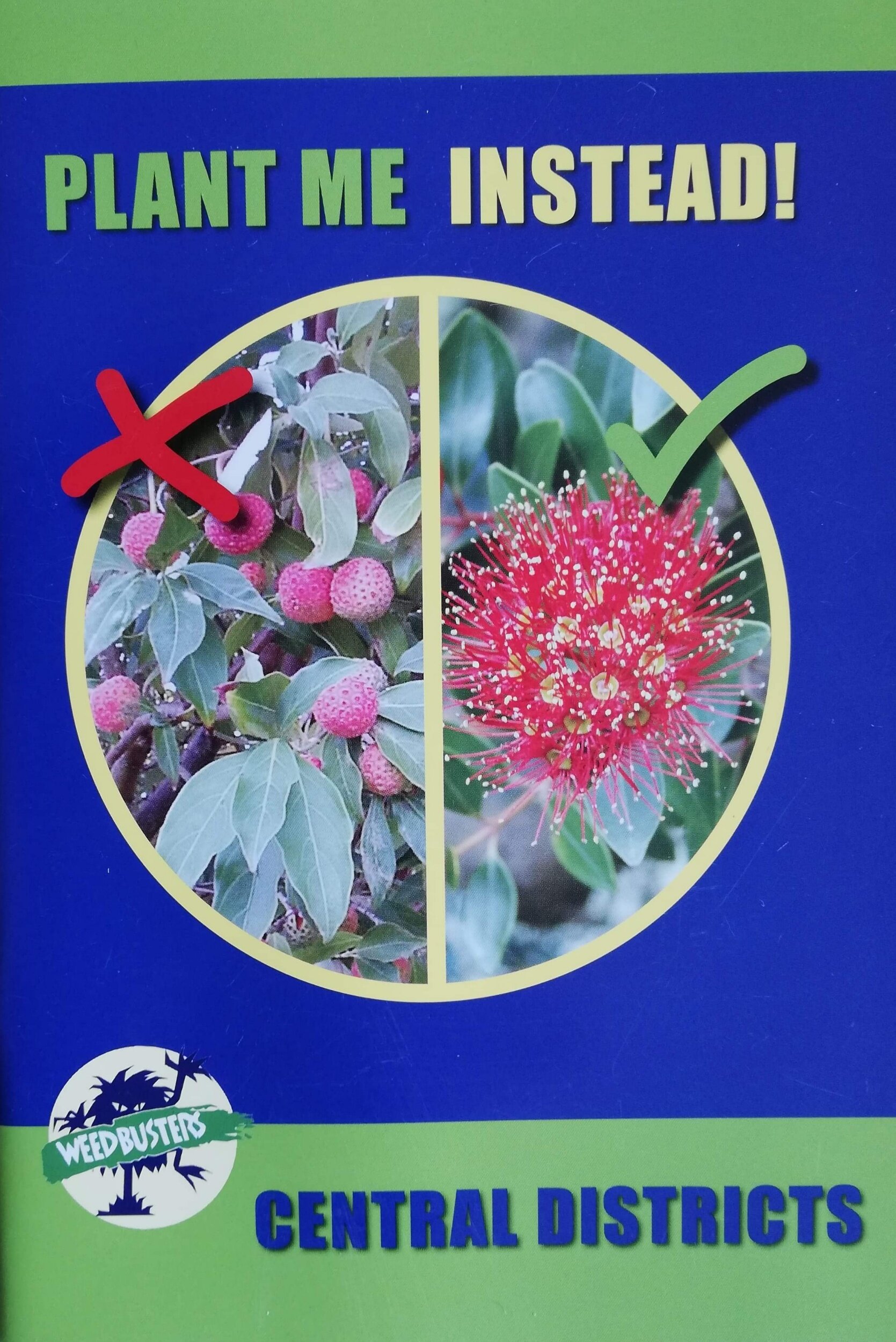Tipu/Plants of Aotearoa
Nau Mai! Welcome to the Kids Greening Taupo Online Nature Classroom!
This Online Nature Classroom is all about tipu/plants
An introduction to the world of Tipu/plants:
Plants are extraordinary things! They cleanse the air and give us the oxygen we need to breathe. They are a resource of food for most living things. They provide shelter and soil stability, regulate heat and have healing properties.
Aotearoa is home to a wide variety of plants. We have plants that live in extreme temperature zones, high up in the mountains and others that can live through extreme drought (hot temperatures and lack of water). Others love to live in wetlands or in the shade of dark forests. Some plants can defend themselves with toxins and weapons to avoid being eaten. Some plants have beautiful flowers that attract creatures that help spread their seeds or pollen.
Plants can do a whole bunch of amazing things that we can’t even see. Underneath the ground right now the plants you see around you are communicating with each other. They can let other plants know if there is danger, they can share resources (sugars) and battle one another.
They even make their own food- how cool is that?
Plants can’t move away in search of food and resources, instead, plants use a process called photosynthesis to change sunlight into food and energy. This uses a green pigment called chlorophyll stored in special plant organs called chloroplasts.
Native plants are an essential part of our ecosystem. If we lose our native trees, we will lose our native birds, lizards and bugs too. Restoration of the local environment is one of our core values at Kids Greening Taupō. We do this alongside Greening Taupō, planting native tree corridors and controlling the introduced weeds, so that our native creatures have plenty of shelter and food.
This week we will be learning all about native and introduced plants in Aotearoa, the different parts of flowers and how to grow plants from seeds (propagation).
Try some of our other plant activities here! You could learn about wetland plants, geothermal plants or alpine plants. They have all adapted to their unique environments in Aotearoa.
Learn about the impact of introduced browsing animals (plant eaters) here.
Let’s start off by diving into this video about plant communication:
Our ‘Fill your Kete’ section will provide you with some fun nature activities based around our topic. As this topic is Tipu/Plants, our activities are based around identification and propagation.
Dissect a Plant and Learn about the Parts
Head out to the garden to learn about the parts of plants!
Watch the video below first.
Then take a walk in your garden.
Which plants can you name?
Do you know which ones are weeds?
Spend some time weeding a garden (ask an adult first). Look closer at the weeds that you pull out. Can you see the leaves, stem, roots, flower, petals, seeds? Pick 3 different flowers to dissect, so that you can learn more about other parts of plants. Watch the video below to see how to do this activity.
Note: You can use pieces of paper, rather than paper plates to sort the parts of your flowers on to.
Native and introduced plant scavenger hunts
Go for a walk around your neighbourhood and in your local green space. See if you can identify any native trees or common weeds. How many of the plants on our scavenger hunt sheets (seen below: Native and Introduced) can you spot? You might need to do some research to tell some of them apart. Can you tell manuka from kanuka? (Hint: Use the saying “Mean manuka and kind kanuka.” Manuka feels prickly and kanuka feels soft when you hold a branch). This Native Restoration Plant Hunt has some of the more commonly planted native species that you may find in a more urban environment. There is also lots of interesting information about each species. Check it out too!
Weeds are a funny thing... sometimes they are just plants that are growing where we don't want them to be, but sometimes they are invasive and can smother our native plants. Some plants that we love in our garden can be terrible weeds if they start growing in our natural spaces. They can grow so thick that our native seedlings underneath cannot get enough sunlight, water or space to grow. Watch this VIDEO to learn more. You can print this Weed Scavenger Hunt and look for some of our more common invasive weeds. Try to remove them if you find them in places that they should not be!
Do you know which plants are pests in New Zealand? You can learn more on the Weed Busters Website.
Take the quiz HERE and see how many of our common weeds you know.
We have some awesome native plant cards that you can print and use in lots of ways. They are full of fun facts. Why not see how many of these plants you can find in your local restoration site or native bush area?
Seed Propagation
Watch the videos below on kōwhai seed propagation and planting like a ninja.
Let’s propagate our own kōwhai seeds! Find out if you have a kōwhai tree in your backyard or nearby (that you would be allowed to collect seeds from). If you do, start by collecting some seeds. Try not to collect more than you need for your seed propagation. If you need more instructions on how to propagate your kōwhai seeds.
NOTE: At Kids Greening Taupō we soak our kōwhai seeds in hot water overnight before sanding the seeds to get through the outer seed coat. This helps the kōwhai seedlings to grow faster. Feel free to experiment with different preparations to see which method helps your kōwhai grow better.
If you do not have a seed tray for seed propagation, you can use an ice cream, strawberry or yoghurt container or make a paper/cardboard container to plant your seeds into. Just make sure if you do use paper or cardboard, or any container with holes to put something underneath it so that when you give your seeds water there is something to catch the extra water below your container. Here is a great video for recycled containers.
The key to seed propagation is to be really patient! Make sure you keep the soil damp (not too wet or too dry) and keep the seed trays somewhere warm. Good luck!
Curiosity questions
Take a look at the weeds in the previous activities. Many of them are lovely garden plants, brought to New Zealand because of their beautiful flowers. Flowering cherry trees have lovely blossoms and blackberries are delicious, but these are both weeds in New Zealand.
Why are these plants weeds? Why are they ‘bad’ plants?
What makes some plants become terrible weeds that we are desperate to get rid of?
What could happen to our ecosystems if our native plants are replaced by weeds?
Why are native plants important?
Research and find out the answers!
KI TE PANUI/ TO READ
This ki te Panui section is based on Tipu/Plants.
Head to the section below for the read aloud story, Sunflowers Don’t Grow In Winter.
If you already have this book make sure you head outside to connect to nature whilst enjoying it!
After reading/listening to the book, play Native Plant BINGO, then y the follow up Leaf Litter Garden activity.
BINGO
Play Native Plant BINGO with your class! There are enough sheets here to print off for the whole class. Enjoy reading out the fun facts and learning about our native plants while you play.
In each Online Nature Classroom we will give book suggestions along with at least one video read aloud.
Our recommendation is Sunflowers Don’t Grow In Winter by Emily Holdaway. Illustrated by Craig Phillips, a local Taupō illustrator.
Watch the read aloud below-
Follow up activity:
Grow a leaf litter garden
We hope you enjoyed this ki te Panui section.
Our final activity for this week’s Online Nature Classroom is making a leaf litter garden. It is so easy to forget how much life is living underneath our feet. All those seeds asleep right underneath our feet are waiting for just the right moment to sprout up through the soil. As we now know, there are so many ways seeds can be transported. That means the soil you have in your backyard or a local green space might have a whole bunch of seeds from plants living much further away than you think! Guess what plants you might see in your leaf litter garden. Once they sprout, try to identify any of the plants you see. Are they native or introduced? Did you expect to find those plants sprouting in the soil that you collected?
Find out how to make a Leaf Litter Garden HERE. If you don’t want to use plastic just put your seeds somewhere nice and warm to see if anything sprouts.
OTHER BOOK and Activity SUGGESTIONS (tipu/plants):
If you enjoyed the activities above, try some of our other plant activities here! You could learn about wetland plants, geothermal plants or alpine plants. They have all adapted to their unique environments in Aotearoa.
Learn about the impact of introduced browsing animals (plant eaters) here.
Peer reviewed by Robyn Ellis from Greening Taupō.























